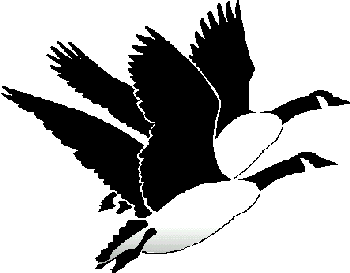Home
Observing Bird Migration Using NEXRAD

Home Observing Bird Migration Using NEXRAD |
 |
| Home |
For hundreds of years bird migration has remained a mystery. People have wondered how, when, where, and why birds migrate. How can birds fly so far, over inhospitable land and vast expanses of ocean? Where do they fly and at what altitude? Do birds stop and rest or keep flying straight through to their final destination? Radar, a type of remote sensing, can help to answer some of these questions. The type of RADAR that is helpful in tracking bird migration is called NEXRAD. NEXRAD is intended to track weather but is quite useful in tracking birds as well. There are approximately 140 NEXRAD stations in the United States. Each station has a range of 124 nautical miles. This provides nearly complete radar coverage of the Unites States.
This site created by Katie Sullivan. Course requirement for GGR909, Salem State College Updated December 2003
|
| NEXRAD | |
| Migration | |
| Stopovers | |
| Related Links | |
| Image Gallery | |
| Work Cited |